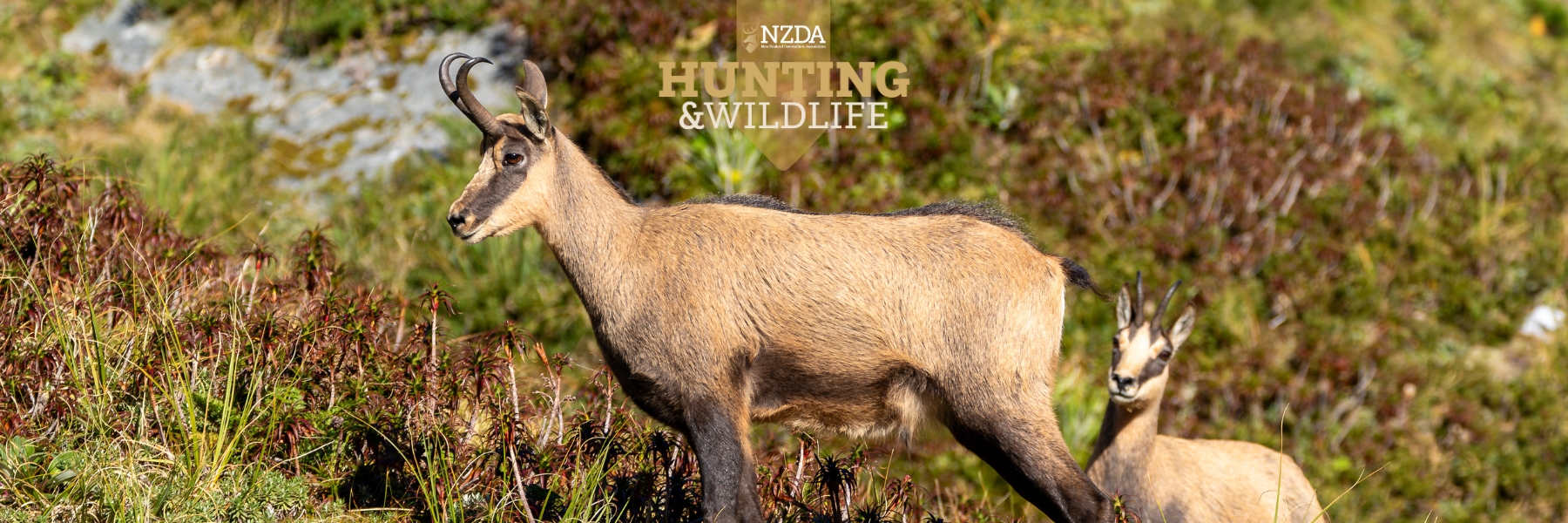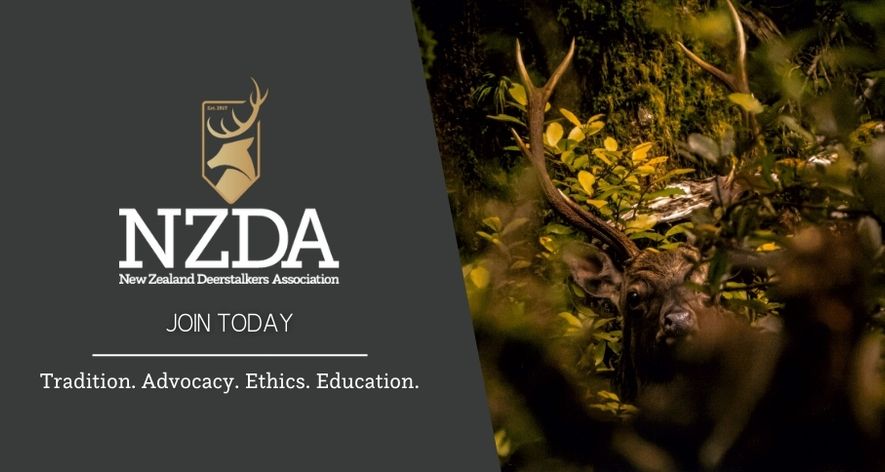Rupicapra r. rupicapra
Hunting and Wildlife Magazine - Issue 227 - Summer 2025
Words and images by Ivan Pavich
“The Alpine Chamois is a highly respected, beautiful and elegant game animal of outstanding agility and elusiveness. They are athletes of the mountains.” (D. Bruce Banwell)
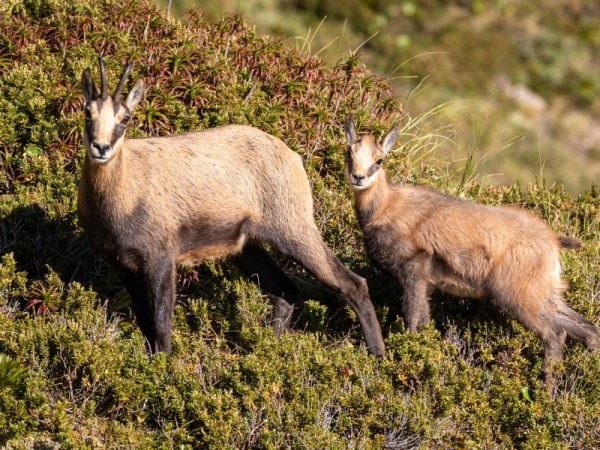
Colloquially known as “shammy’ by New Zealand hunters rather than the correct French pronunciation of ‘shamwah’, chamois is a European native big game species whose range stretches across Europe from north-west Spain to Azerbaijan in the east.
While there are two species and 10 subspecies of chamois, only one - the Alpine Chamois - can be found in New Zealand.
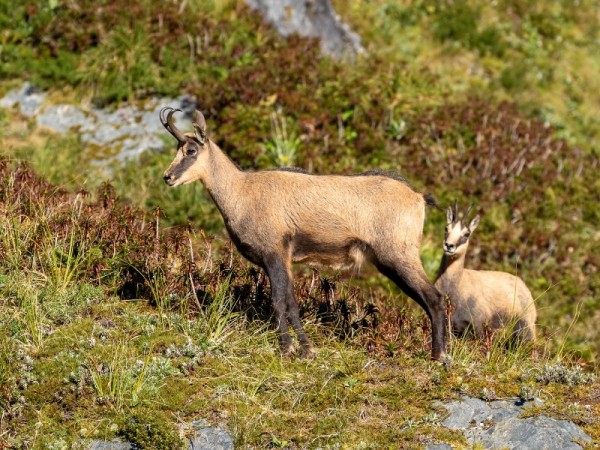
Captured from the Imperial Hunting Grounds of Austrian Emperor Franz Joseph (who our famous glacier was named after) in 1906, two bucks and six does made the arduous 21,000km journey to New Zealand, where they were eventually liberated near The Hermitage at the Hooker Valley, Aoraki Mount Cook, in 1907.
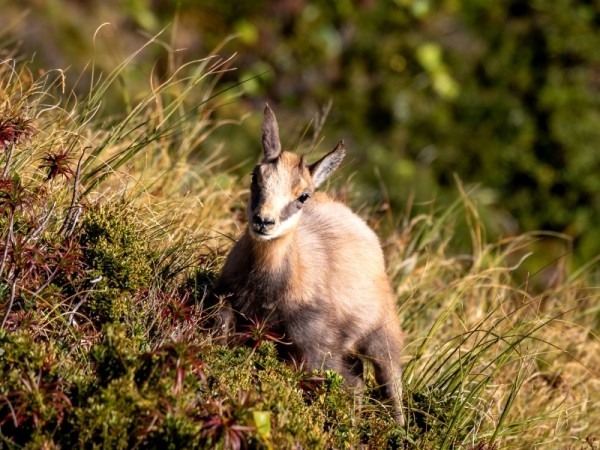
Their summer pelage is predominantly short and of a light fawn colour, although it can vary between that shade and a grey-brown to a honey-gold tone in some individuals. A dorsal stripe extends from the nape of the neck to the tail, which is dark brown to black. Legs are darker than the general body in both summer and winter.
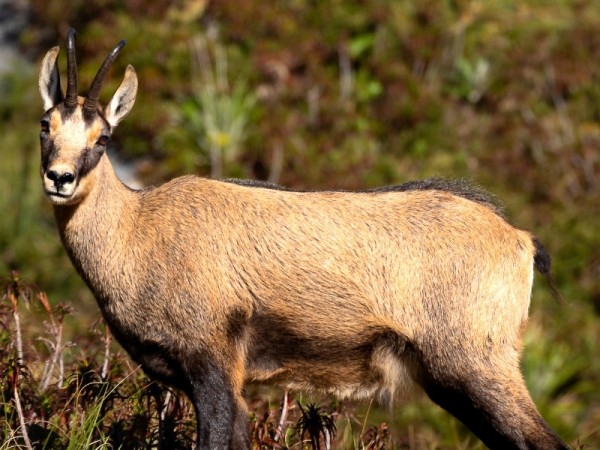
A dark brown or blackish band extends up the sides of the muzzle, continuing around the eyes to the base of the hook-like horns. The frontal region of the face between the eyes, nasal ridge, cheeks, lower jaw and throat are whitish, or in some cases a very pale cream or fawn.
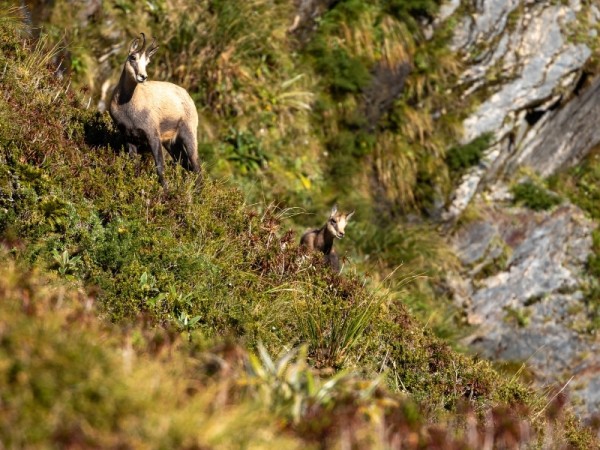
Reference
The Alpine Chamois (New Zealand Big Game Records Series, Vol 7) - D. Bruce Banwell (2013)
Read Hunting & Wildlife Magazine
NZDA members receive an electronic version by email, and can access it on the NZDA app. Subscriptions and physical copies can be purchased online. Visit the NZDA Shop at www.nzda.shop
Missed an issue?
We make our older editions free to read online. Browse the back catalogue here.
Write for Hunting and Wildlife


